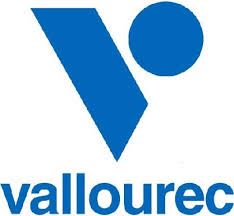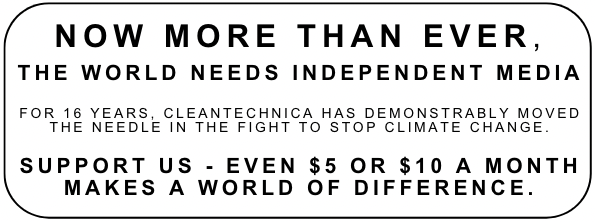
Sign up for daily news updates from CleanTechnica on email. Or follow us on Google News!
It was very exciting a couple of years ago when Tesla revealed it would open up its Supercharger network to non-Tesla brands, albeit with a Supercharger adapter. Up until that point, Tesla had restricted charging to its own vehicle line, and with that limitation came fast chargers that were conveniently located in busy areas, reliable, and well-maintained — a Tesla silo, if you will, among EV charging companies. The newly promised Tesla Superchargers for non-Teslas seemed a dream come true.
We grinned, as we thought we had overcome a huge hurdle, envisioning the particular ease of charging that comes with driving a Tesla but without having to actually own a Tesla. Many of us drive another brand EV for reasons — loyalty to another brand, an affordable introductory EV opportunity, anti-Elon sentiment, or a second family vehicle, for example.
It wasn’t only non-Tesla EV owners who were hot for the Supercharging access: one by one, nearly every brand in the auto industry stood in line to be the next to reveal that they, too, would put Tesla ports in their upcoming EV models. (See some of the many promised Tesla Supercharger stories here, here, and here.)
Tesla made it seem that opening up its network to the competition was a kind of soon-to-happen warm and friendly handshake among savvy automotive consumers.
“Many Supercharging stalls will be accessible to other electric vehicle drivers in North America through the Tesla app and adapters provided by your vehicle manufacturer. As soon as Q4 2024, new vehicles outside of Tesla will also start coming equipped with NACS charge ports. Vehicles that are NACS-equipped do not require an adapter. It’s always been our ambition to open the Supercharger network to all EVs, and by doing so, encourage more drivers to rapidly transition to an emission-free future.”
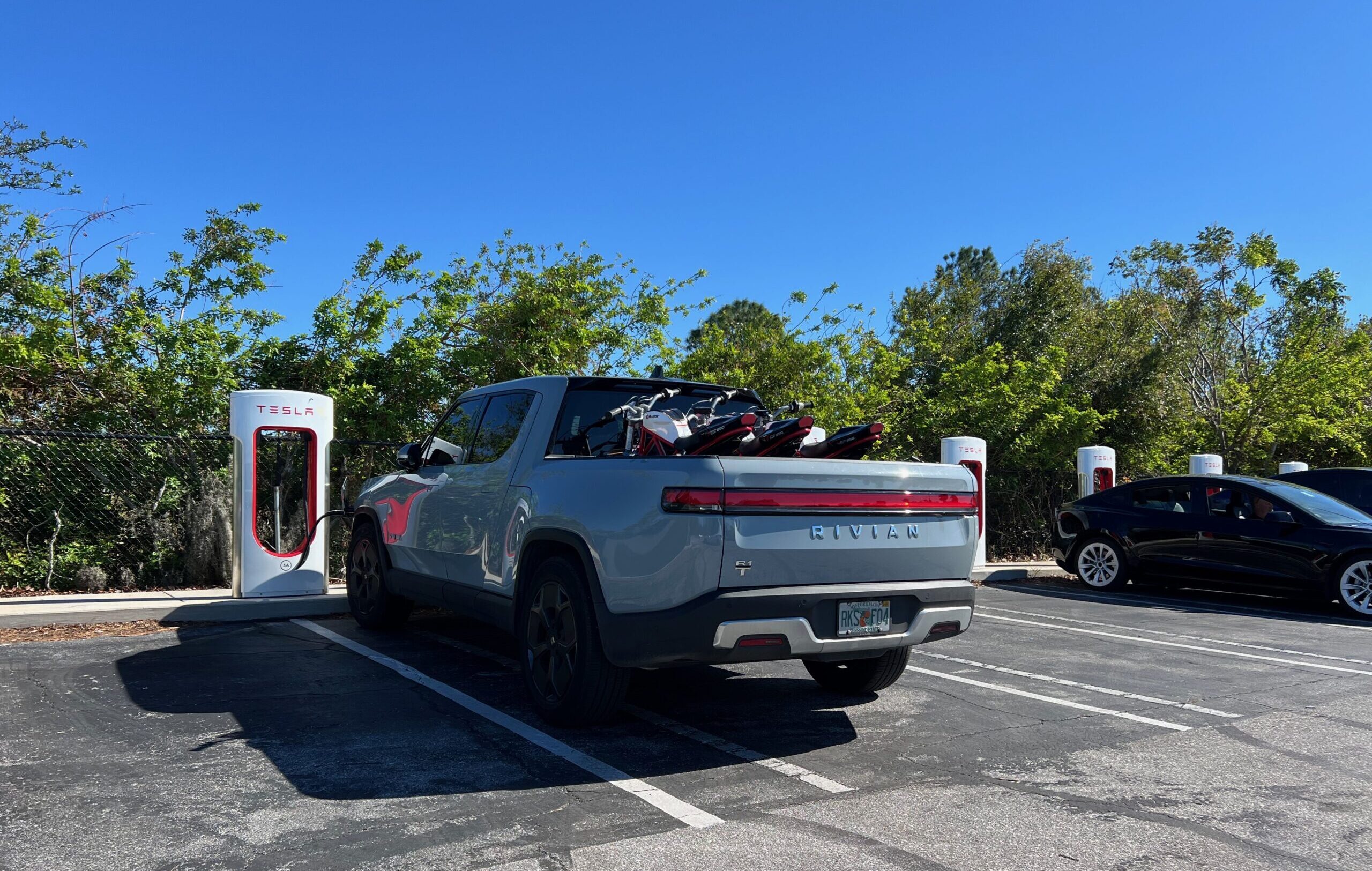
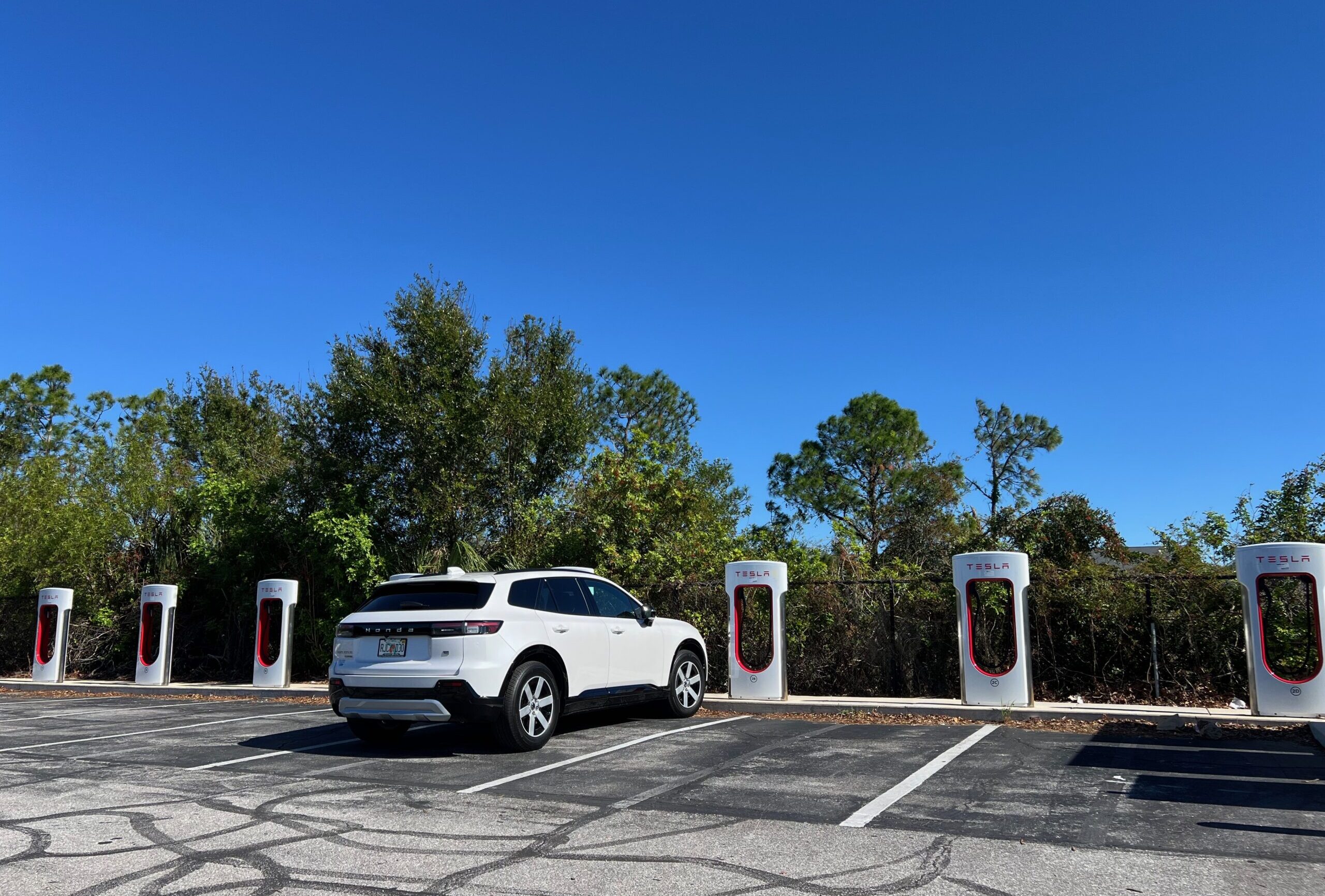
By early 2023, the promised Tesla Superchargers seemed to be falling into place as the company began to retrofit its stations for Chevys, Fords, and other EV brands. Tesla then began installing something called Magic Dock, a built-in CCS connector in some Tesla Supercharger stations that allows non-Tesla EVs to charge.
A GM press release dated September 18, 2024, said that it would open up access to more than 17,800 Tesla Superchargers for its customers, with the use of a GM approved NACS DC adapter. That Supercharger adapter would be available through GM vehicle brand mobile apps (myChevrolet, myGMC, or myCadillac) for an MSRP of $225. The first GM EVs with native NACS connectors could be expected for the 2026 model year.
But now Bloomberg says that many carmakers are waiting for Tesla to send them adapters so they can deploy them to their customers.
The promised Tesla Superchargers don’t seem to have made it to my southern New England summer home, either, where my rural cabin in the woods is at least an hour to most friends and family members. Today, only about 100 of the company’s 2,500 or so US Supercharger stations feature the Magic Dock, according to a Bloomberg Green analysis.
It’s interesting that a very well-populated area like southern New England has only a handful of the promised Superchargers that are compatible with other models. Only five are located within the major population centers of Springfield, MA; Hartford, CT; and Boston, MA. Yes, it’s nice that Provincetown — such a long way from anything — offers one, but getting to P’Town will still be a challenge.
And it’s not just southern New England that is without significant non-Tesla access to the Supercharger network. Only half of US states have them, and even those states have long reaches of roads without one. Honestly, there seems to be no pattern to the conversions to the Magic Docks. Florida has one conversion, California has five stations with the adapters, Texas has 20.
In the ultimate insult, several Magic Docks were taken offline this fall.
It’s not a stretch to wonder if the surprising firings reductions of force within the Tesla Supercharger division earlier this year didn’t have an effect on the rollout of the Magic Dock conversions. Supercharger workers at the time were confident that Musk would not only keep the Supercharger network in tact but also unveil plans for the network’s expansion.
After all, the network has been profitable due to cost control and precise location choice — the network attracts business throughout the day instead of only during peak demand times, when electricity costs spike. Tesla’s costs per-charging-port have been around 50% lower than those of competitors. The Q2 2023 shareholder’s report boasted that the total network of Superchargers was 33% bigger YoY.
With another disappointment from Tesla, what will happen when the plethora of planned chargers from other networks come online? In the past couple of years, rival networks have far outstripped Elon’s charging empire. For every Supercharger station in the US, there are now almost three public fast-charging stations operated by other companies. It has already been five years since EVgo rolled out the first Tesla connectors ever to be deployed on a non-Tesla fast charging network in the US in San Francisco. And over the summer ChargePoint announced that the company had reached a big milestone: 1 million plugs.
Final Thoughts
Some progress is being made toward EV charging stations designed to minimize downtime and maximize efficiency, allowing vehicles to quickly complete one task and move on to the next without significant delays. Almost 600 public fast-charging stations were switched on for US drivers in the first three months of the year, a 7.6% increase over the end of 2023.
Then again, local obstacles to charging such as long lines at charging stations and chargers that are blocked by parked cars, snowbanks, or other obstacles continue to impact EV charging fluidity. Finding vehicles with internal combustion engines parked in EV charger spots is common. There is a clear need for more comprehensive solutions to help the charging experience keep pace with demand for EVs.
Whether we drive a Tesla or another EV brand, we realize that our EV charging experiences right now are generally sub-par, well beneath the kind of executive charging experience we’d like to see become common in the near future. The path to that future charging starts with companies like Tesla producing a promised Supercharger network for all kinds of EVs.
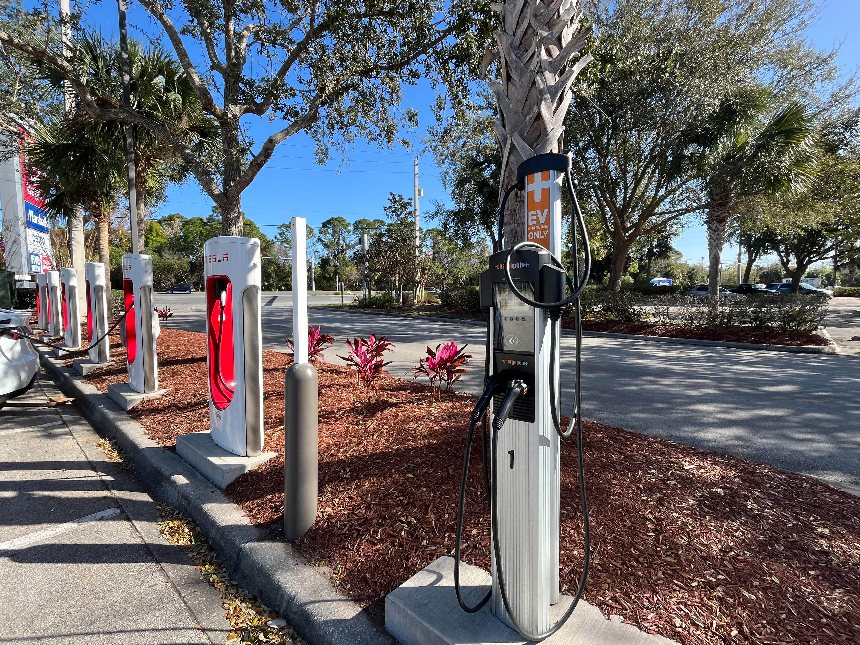
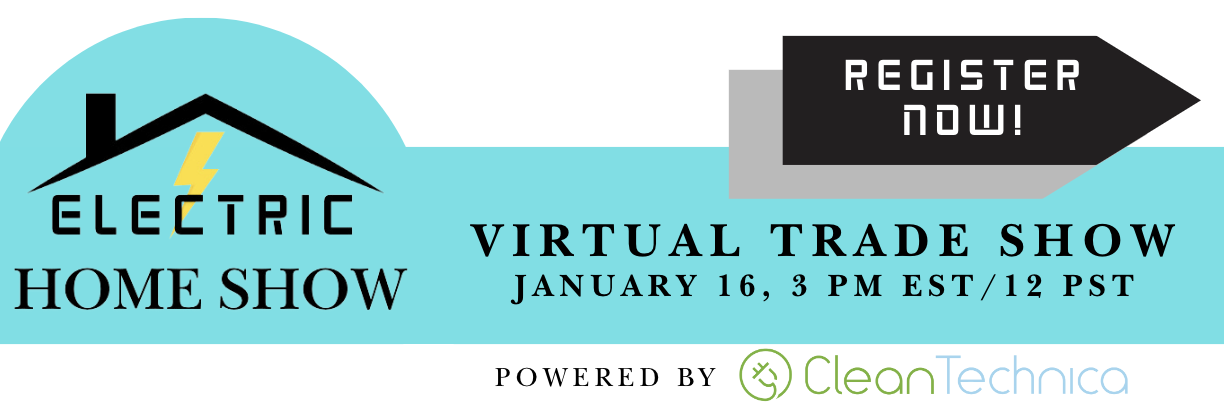
Chip in a few dollars a month to help support independent cleantech coverage that helps to accelerate the cleantech revolution!
Have a tip for CleanTechnica? Want to advertise? Want to suggest a guest for our CleanTech Talk podcast? Contact us here.
Sign up for our daily newsletter for 15 new cleantech stories a day. Or sign up for our weekly one if daily is too frequent.
CleanTechnica uses affiliate links. See our policy here.
CleanTechnica’s Comment Policy



